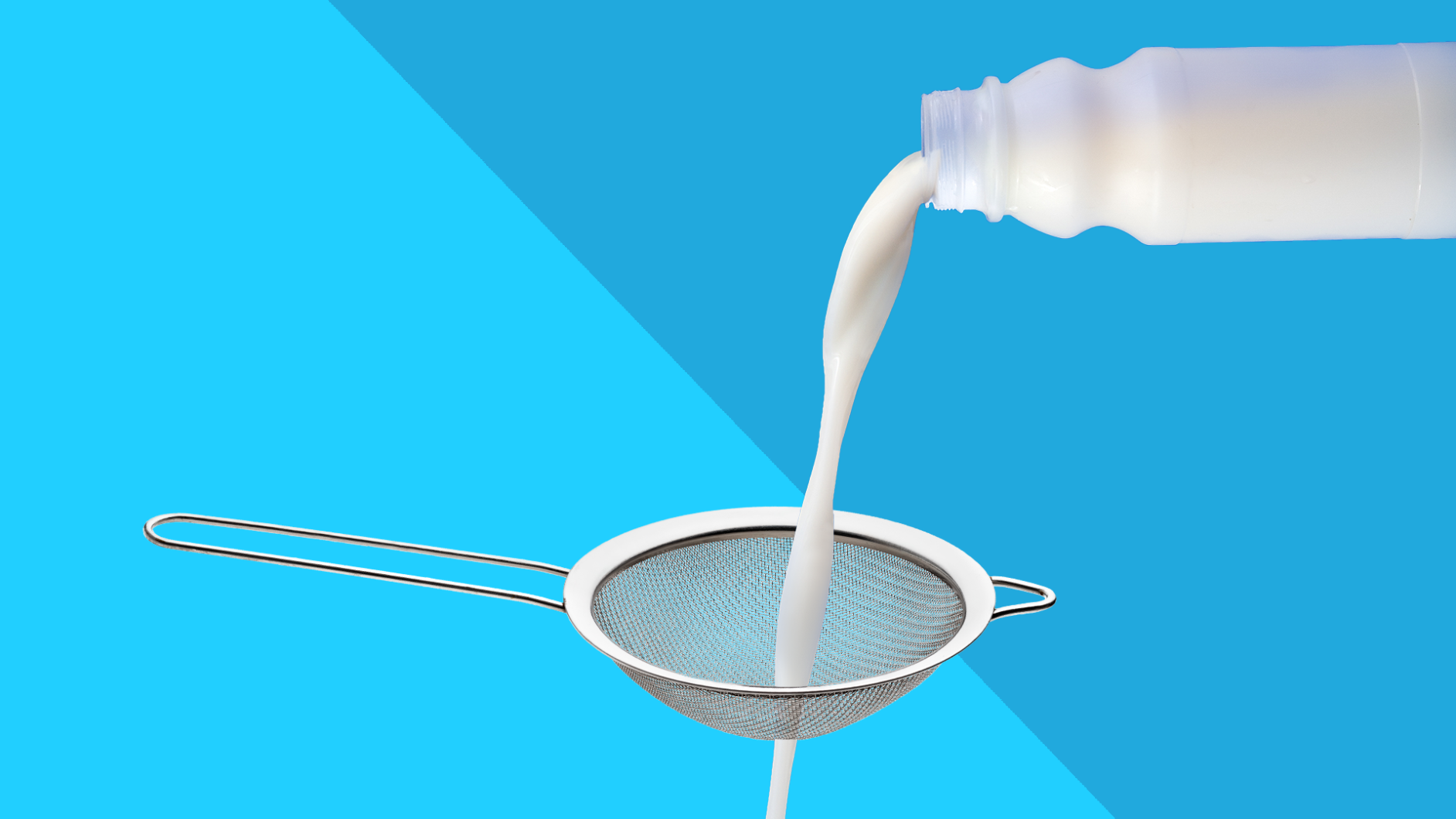This is part of a series on breastfeeding in support of National Breastfeeding Month (August). Find the full coverage here.
Nursing moms know that everything you put into your body has the potential to affect your baby through your breast milk. You strive for good nutrition and hydration to feed your little one the best food possible.
But what about the non-food things that you consume? Specifically, prescription medications and alcohol. Are they safe for nursing mothers to take? How much of these substances make their way into your milk? We checked in with some experts to find out.
Prescription medications when breastfeeding
Is it safe to take prescription medications when breastfeeding? The simple answer is usually. According to a clinical report by the American Academy of Pediatrics, most medications and immunizations are safe to use during lactation and will not harm your baby.
“Most standard medications are safe for a healthy baby [when taken by the breastfeeding mother],” says Rachael Martin, a registered nurse in Bowie, Maryland. She goes on to say that many physicians, pediatricians, and pharmacists don’t have enough information about medications and breastfeeding, so it’s best to speak with a lactation consultant or educator who specializes in this.
And, of course, not all medications are created equal.
“Medications vary tremendously depending on the kind of drug and its chemical makeup,” says Kelly Kendall, a registered nurse and lactation consultant in Crofton, Maryland.
This means that your healthcare provider will have to weigh the benefits and risks of each individual medication before prescribing it to breastfeeding mothers. According to the AAP report, some factors to consider are:
- the mother’s need for the drug.
- the potential effects of the drug on milk production.
- the age of the infant.
- how many breast milk feedings the baby receives per day.
- the amount of the drug excreted into breast milk.
- the extent of oral absorption by the breastfeeding infant.
- any potential adverse effects on the breastfeeding infant.
Let’s take a closer look at those last three bullet points. How can you know how much of a medication is excreted into the breast milk, and then absorbed by your baby? And most importantly, how will you know if the medication can cause your baby any harm?
“It depends on the medication and how it is metabolized and excreted, as well as what its half-life is,” Martin says. “The safety of a drug for breastfeeding has been researched most thoroughly by Dr. Thomas Hale.”
Dr. Hale’s book, Medication and Mother’s Milk, co-authored with Dr. Hilary E. Rowe, Pharm.D., is currently in its 17th edition. It is considered the premiere resource on medication safety while breastfeeding.
The authors assign a lactation risk category (LRC) to a wide variety of drugs using a number of factors. First, they determine the drug’s overall toxicity. Some drugs have low toxicity, like penicillins, sulfas, and NSAIDs (such as ibuprofen). But others are highly toxic, such as cancer drugs and antimetabolites. Often, there are not controlled studies available to provide breast milk data on the drug. In this case, the authors rely on the drug’s pharmacokinetics, which includes its oral absorption, plasma levels, and half-life. Using this information, the authors make an educated estimate of its LRC.
It would be impossible for us to break down all of these factors for every possible prescription medication in a single blog post. However, you can find information about specific drugs at the Infant Risk Center, another project of Dr. Hale’s. The center provides a hotline you can call with questions about medication safety during lactation.
Alcohol and breastfeeding
When it comes to alcohol and breastfeeding, the answers are a bit different. “Mothers can enjoy drinking in moderation,” Kendall says. “A good rule of thumb is if you are sober enough to drive, you are fine to breastfeed.”
Many experts, including the American Academy of Pediatrics and the Centers for Disease Control and Prevention, recommend that nursing mothers consume no more than one to two alcoholic beverages per week (and they state that not drinking at all is safest, of course). Nursing should occur two or more hours after alcohol consumption, to minimize exposure to the baby. But the research on this subject is conflicting.
“Alcohol is metabolized in breast milk at the same rate as it is through blood,” Martin says. In other words, if your blood alcohol content is 0.08% after drinking three glasses of wine, which would put you over the legal limit for driving in most states, then your breast milk is also 0.08% alcohol.
For comparison purposes, each of those glasses of wine was probably 10-20% alcohol. So the milk your baby is drinking has significantly less alcohol than your beverage. In fact, according to a clinical review in the journal Basic Clinical Pharmacology and Toxicology, the amount of alcohol consumed by nursing babies through breast milk is approximately 5–6% of the amount the mother drinks. “Even in a theoretical case of binge drinking, the children would not be subjected to clinically relevant amounts of alcohol,” according to the study. “Newborns metabolize alcohol at approximately half the rate of adults.”
Contrary to popular belief for many years, there is no need to “pump and dump.” Just as alcohol passes into your breast milk, it also passes out at the same rate as it does from your blood. As your blood alcohol content comes down, so does the alcohol content of your milk. If you think you’ve had too many drinks to nurse your baby, just wait a bit (usually two to three hours should suffice) while you sober up. And don’t dump out that liquid gold!
If you have any questions about the safety of alcohol or prescription medications when breastfeeding, talk to a lactation counselor, your OB-GYN, or your child’s pediatrician











